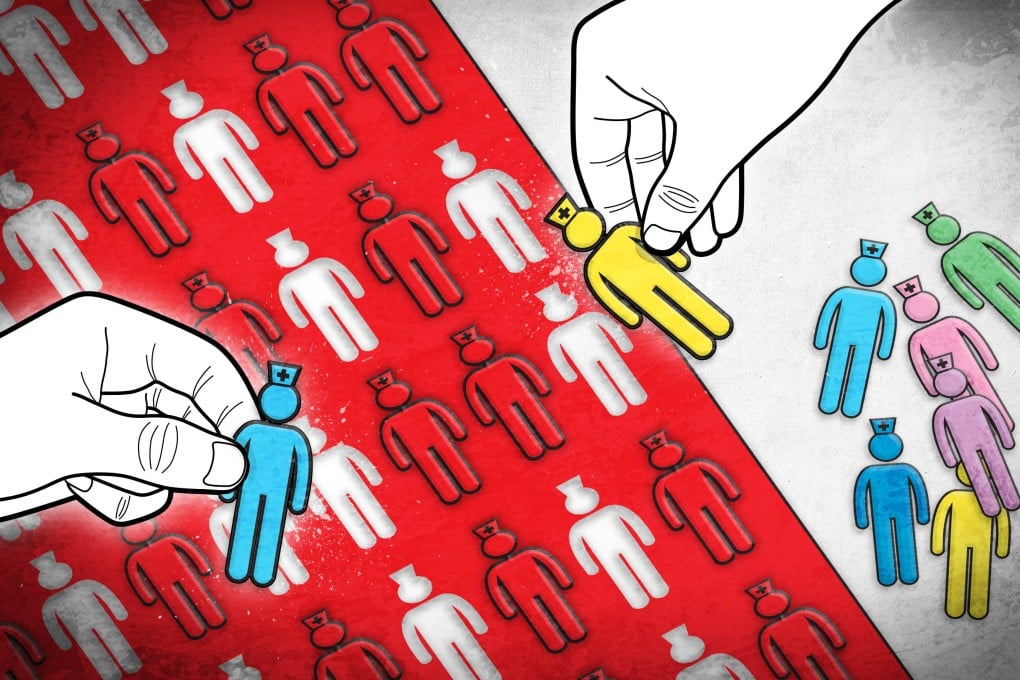
SUNY Poly Assistant Professor Dr. Amit Sangwan and colleagues recently published research titled "Feasibility Testing of the Bionet Sonar Ultrasound Transcutaneous Energy Transmission (UTET) System for Wireless Power and Communication of a LVAD" in Cardiovascular Engineering and Technology . The research explores a novel approach to powering left ventricular assist devices (LVADs) wirelessly and offers a potential solution to one of the major drawbacks of current LVAD technology.
Dr. Sangwan, in collaboration with Bionet Sonar and University of Louisville, has developed a promising approach to wirelessly power (LVADs) with an ultrasound transcutaneous energy transmission (UTET) system. This innovative solution could eliminate the need for physical drivelines in LVADs, reducing infection risks and making life easier for heart failure patients.
LVADs traditionally require physical drivelines to provide power, which necessitates a connection through the patient's skin. These drivelines are associated with a higher risk of infections and complications, largely due to the open passageway that can introduce pathogens. The development of a wireless, fully implantable LVAD system could significantly reduce these risks, improve patient comfort, and enhance overall safety.
The recently-developed UTET system leverages ultrasonic waves to achieve transcutaneous energy transmission, negating the need for traditional drivelines. This system was tested on LVADs within laboratory and animal models, and demonstrated the capability to wirelessly provide the necessary power to the LVAD across various flow and speed settings. Critical parameters such as tissue temperature were monitored to ensure they remained within safe limits, effectively avoiding the risk of overheating.
Alongside power transmission , the UTET system was also able to facilitate real-time data communication, maintaining pump control, which is crucial for patient safety and device reliability. The UTET system's wireless capabilities present a promising direction toward fully implantable LVADs, which could improve the quality of life and safety for patients who depend on mechanical circulatory support. This research also paves the way for further developments in implantable medical devices that can operate without external power connections, broadening the scope of transcutaneous energy transmission systems.
More information: Gretel Monreal et al, Feasibility Testing of the Bionet Sonar Ultrasound Transcutaneous Energy Transmission (UTET) System for Wireless Power and Communication of a LVAD, Cardiovascular Engineering and Technology (2024). DOI: 10.1007/s13239-024-00748-9.














